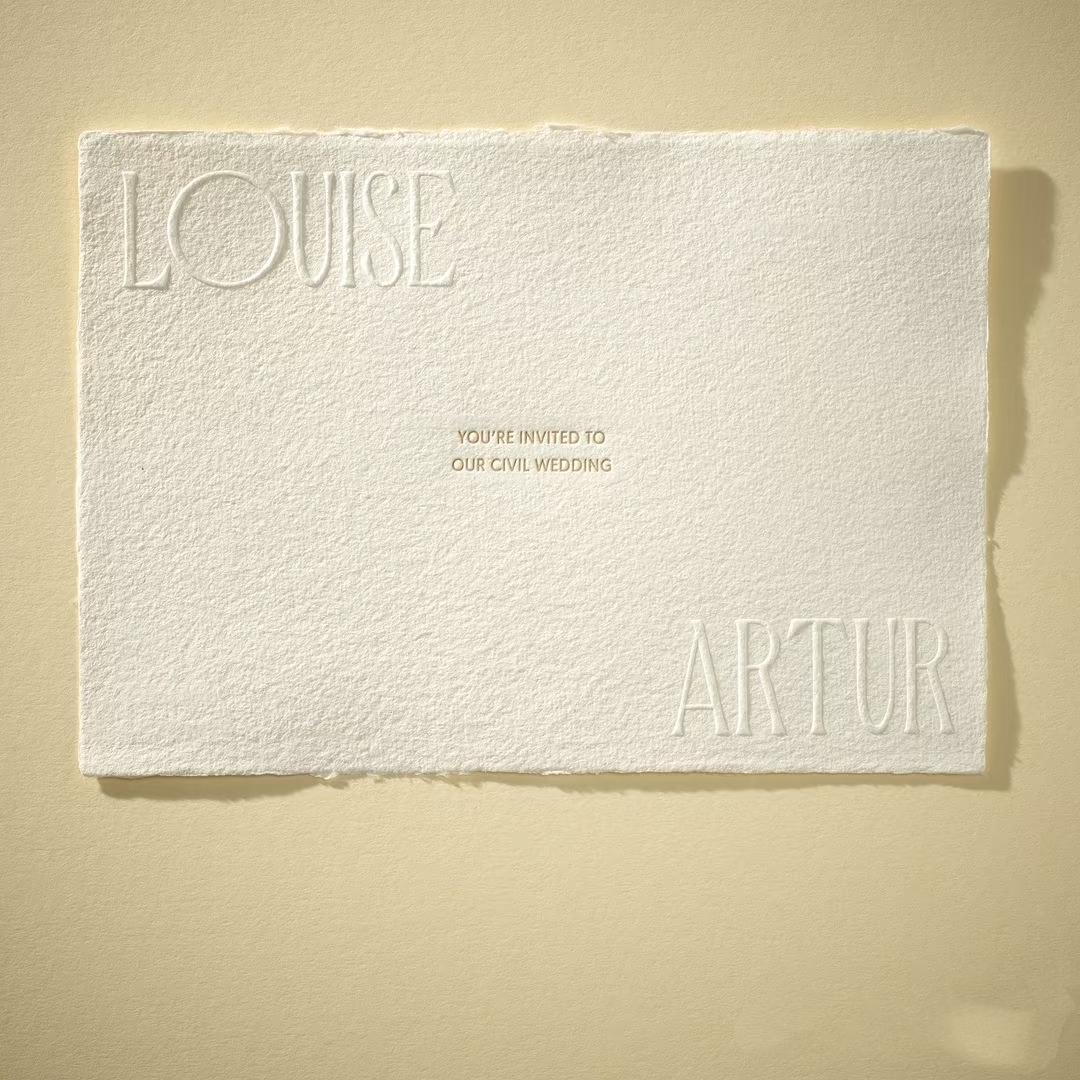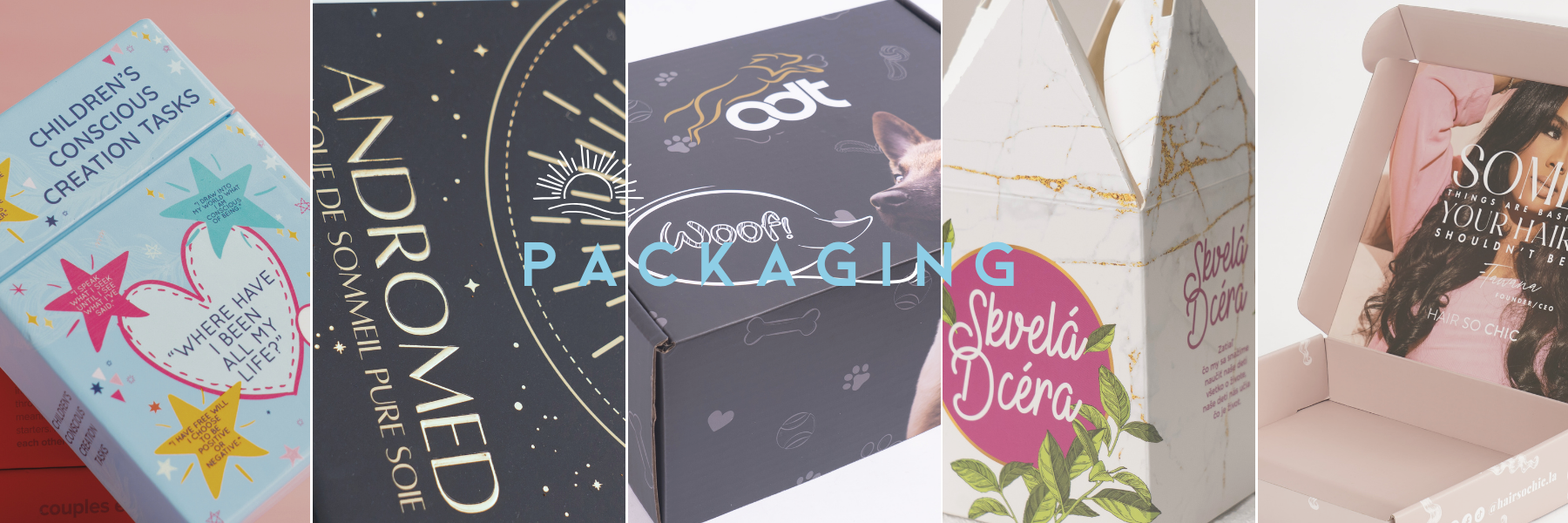Introduction
Hardcover and paperback are two common formats for books. Hardcover books have a rigid cover made of thick cardboard, while paperback books have a flexible cover made of paper or card stock.
Choosing the right format for a book can impact factors such as durability, cost, and aesthetic appeal. It is important to consider these differences when selecting the format that best meets your needs and preferences.
Physical Characteristics
When it comes to physical characteristics, one of the key differences between hardcover and paperback books lies in the materials used. Hardcover books are traditionally bound with a stiff board cover made of materials such as cardboard, cloth, or leather. On the other hand, paperback books have a flexible cover made of paper or cardstock.
In terms of size and weight, hardcover books are typically larger and heavier than paperbacks. This is due to the sturdier materials used in their construction. Paperback books, on the other hand, are more lightweight and compact, making them easier to carry around.

Durability
Hardcover books are generally more durable and have a longer lifespan compared to paperback books. The hardcover binding protects the pages from wear and tear, making them ideal for frequent use or long-term storage. On the other hand, paperback books are more prone to damage and may show signs of wear such as creased covers or bent pages over time.
Factors that can affect the durability of a book include the quality of materials used, the design of the binding, and how the book is handled and stored. Hardcover books with high-quality paper and sturdy binding are more likely to last longer than paperback books with thinner paper and weaker adhesive.

Proper care, such as avoiding exposure to extreme temperatures or moisture, can also help prolong the life of a book regardless of its binding. Ultimately, the choice between a hardcover and paperback book may come down to personal preference and how you intend to use and store the book.
Price Comparison
Hardcover books are generally more expensive to publish due to the higher production costs associated with the hardcover binding and quality materials. On the other hand, paperback books are cheaper to produce because they are typically printed on lower-quality paper and have a softer cover.
Aesthetics
Hardcover books typically feature a sturdy, durable cover made of cardboard wrapped in a decorative paper, cloth, or leather material. The spine of a hardcover book often includes additional design elements such as embossing or foil stamping. In contrast, paperback books have a more flexible cover made of a lighter weight paper or cardstock. Paperback covers are usually simpler in design and may not have as many decorative elements as hardcover books.
Cover finishes and textures also differ between hardcover and paperback books. Hardcover books often have a glossy or matte finish on the cover, which can enhance the overall look and feel of the design. Some hardcover books may also feature embossed or textured covers, adding a tactile element to the aesthetic. Paperback books, on the other hand, typically have a smooth finish on the cover, with minimal texture. The choice of cover finish and texture can impact the visual appeal of a book and influence how readers perceive its quality and value.
Reading Experience
Hardcover books are often considered sturdier and more durable, allowing you to read without worrying about bending the cover or damaging the pages. However, they can also be heavier and more cumbersome to hold, especially for longer reading sessions.
On the other hand, paperback books are typically lighter and easier to hold, making them a more comfortable option for reading on the go or for extended periods of time. The flexible cover also allows for easier page turning and handling, enhancing the overall reading experience.
The comfort of the book you choose can also impact your reading habits. If you find hardcovers too heavy or bulky, you may be less likely to carry them around with you and therefore read less frequently. On the other hand, the portability of paperback books may encourage you to read more often, whether it’s during your daily commute or while lounging at home.
Maket Trends
Hardcover books have long been seen as the epitome of sophistication and quality in the literary world. With their sturdy covers and elegant designs, hardcovers are a favorite among book collectors and gift-givers. However, in recent years, there has been a surge in popularity for paperback books. These lighter and more affordable options have become increasingly popular among readers looking for a more practical and portable option.
Consumer preferences play a significant role in the market trends for hardcover and paperback books. While some readers may still prefer the luxury and durability of hardcovers, many are drawn to the convenience and affordability of paperbacks. Additionally, environmental concerns have prompted some consumers to opt for paperbacks, as they are typically more eco-friendly than their hardcover counterparts.
Overall, the market trends for hardcover and paperback books are constantly evolving as consumer preferences shift and new technologies emerge.
Environment Impact
Hardcover books are typically sturdier and longer-lasting than paperback books, which could potentially lead to less overall waste. However, the production of hardcover books often involves more resources and energy, making them less environmentally friendly in terms of carbon footprint.
On the other hand, paperback books are generally more eco-friendly due to their lower production costs and use of fewer resources. They are also easier to transport and store, which can reduce carbon emissions from shipping. Additionally, paperback books are typically made from recycled materials and are easier to recycle at the end of their lifespan.
Collectibility
When it comes to rare books, hardcover editions tend to hold more value than their paperback counterparts. This is because hardcovers are typically produced in smaller quantities and are more durable, making them more sought after by collectors.
Rare hardcover books can fetch high prices in the collectors’ market, especially if they are signed or first editions. These books are often considered valuable not just for their content, but also for their historical or cultural significance.
On the other hand, rare paperback books can also hold value in the collectors’ market, though generally to a lesser extent than hardcovers. Paperback books are more prone to wear and tear, which can make finding a rare and well-preserved copy more challenging. However, certain rare paperback editions, such as early mass market paperbacks or special limited editions, can still command high prices among collectors.
Customization
When it comes to customization, hardcover books offer more personalization options compared to paperback books. Hardcover books can be embossed or have foil stamping on the cover, adding a touch of elegance and individuality. Additionally, dust jackets on hardcover books can be designed with unique artwork or personalized messages.
On the other hand, paperback books typically have limited personalization options. While some paperback books may allow for custom covers or inserts, the overall design and customization options are more limited compared to hardcover books.
When considering gift-giving, hardcover books are often seen as a more luxurious and special gift due to their higher quality and personalized touches. Paperback books, on the other hand, are more affordable and easier to transport, making them a practical option for gift-giving when budget or convenience is a concern.
Is Papaerback or Hardcover Better?
Personal preferences and reading habits play a significant role in deciding which format is best for you. Some readers prefer the convenience and portability of paperback books, while others appreciate the durability and aesthetic appeal of hardcover editions.Consider how you typically read and handle books, as well as your budget and storage space.
Conclusion
In conclusion, it is important to remember the key differences between hardcover and paperback books. Hardcover books are typically more durable and long-lasting, making them great for collectors or those who want a book to last for many years. On the other hand, paperbacks are more affordable and lightweight, making them perfect for traveling or casual reading.
We encourage readers to explore both formats for varied reading experiences. Whether you prefer the weight and feel of a hardcover book or the convenience of a paperback, both formats offer unique advantages and can enhance your reading enjoyment. So next time you’re at the bookstore or browsing online, consider picking up a different format than you’re used to and see how it can enrich your reading experience.
Ready to see your words in print? Contact us now to start the process of printing your custom book and sharing your story with the world.




